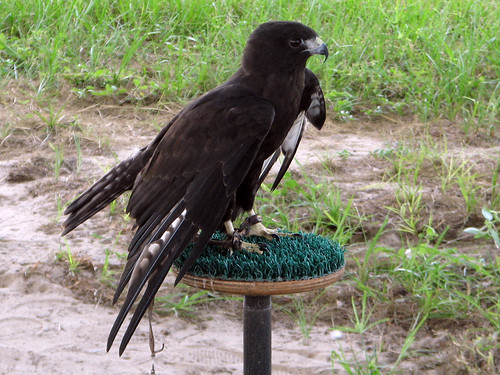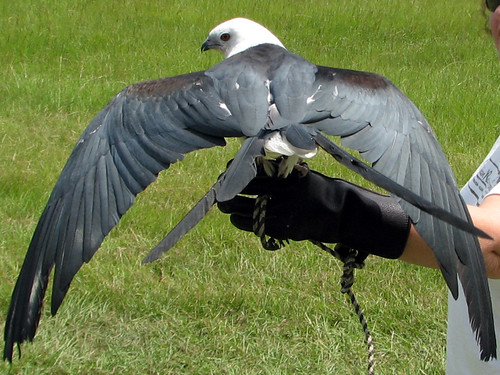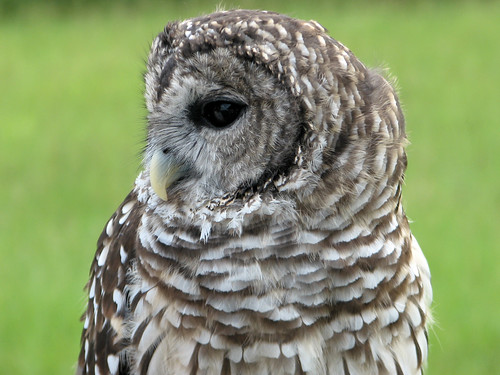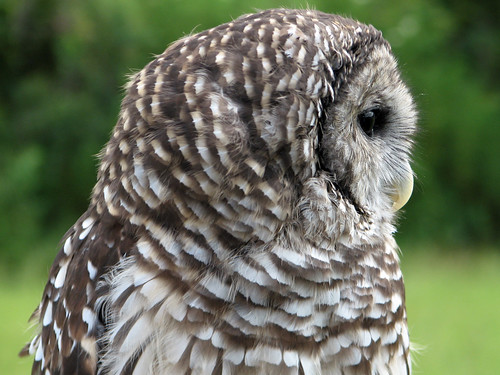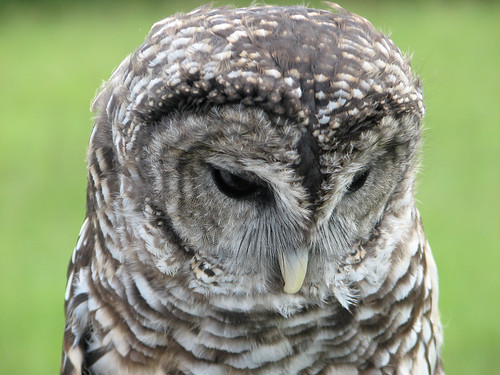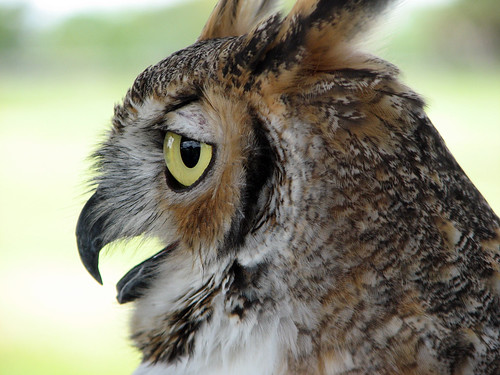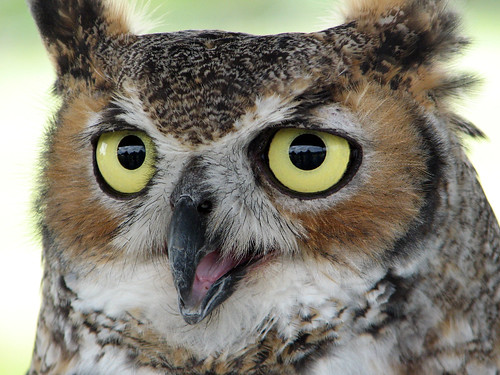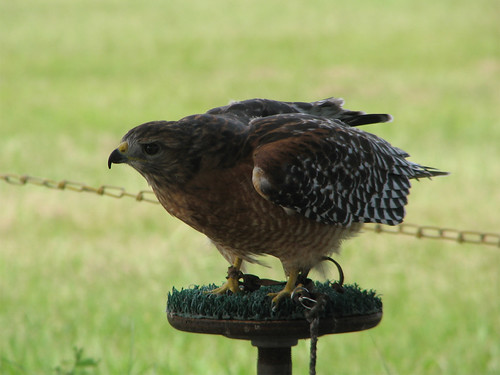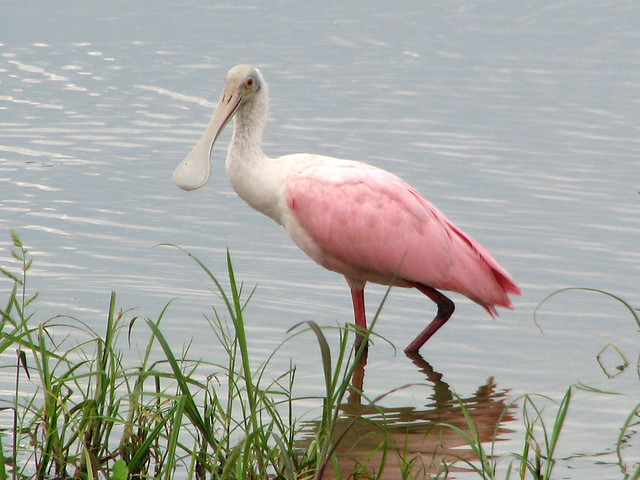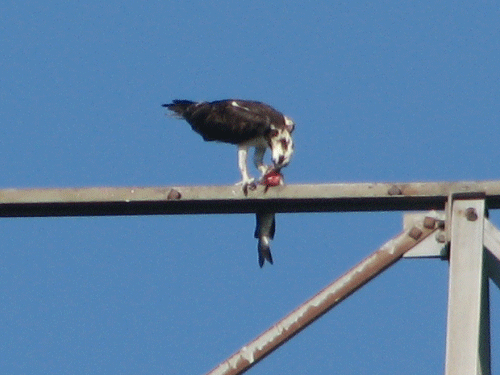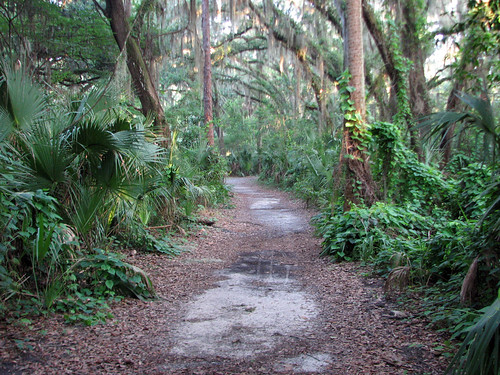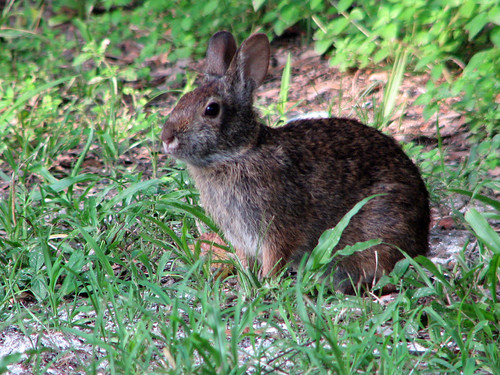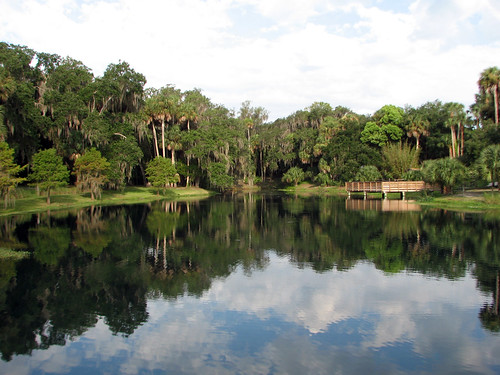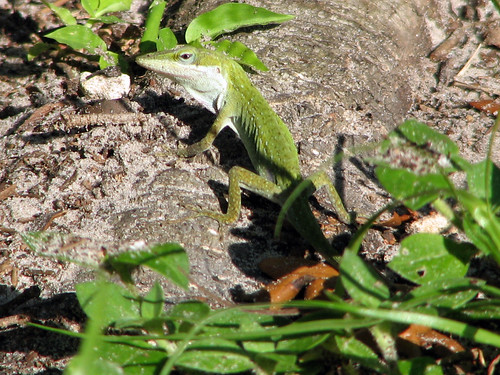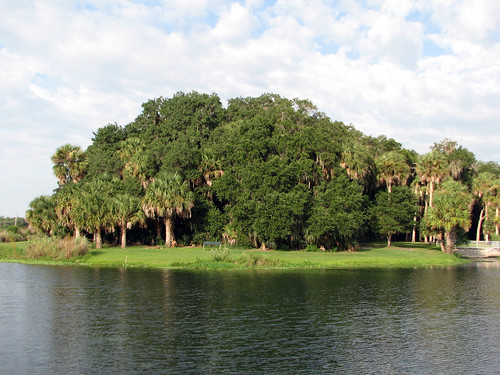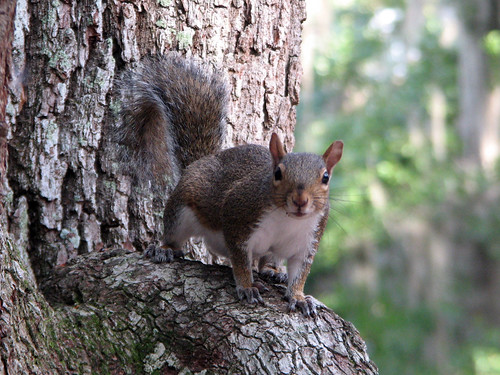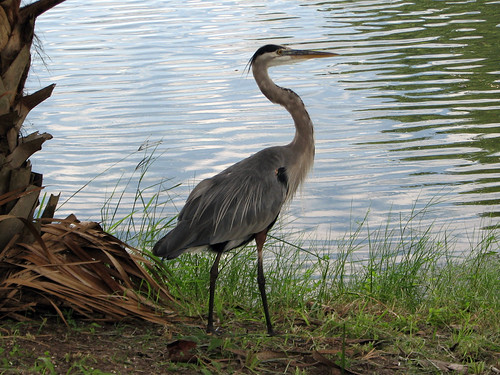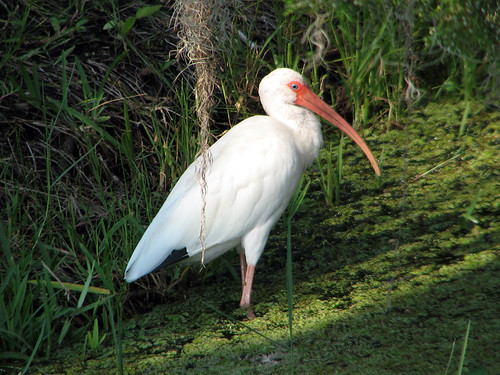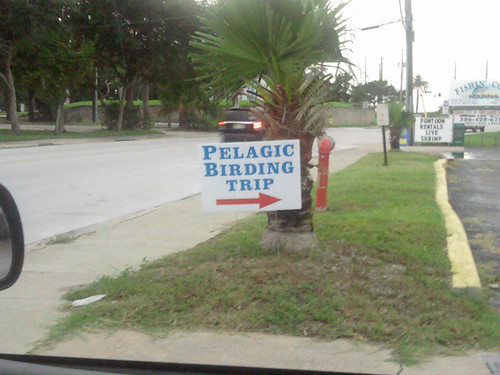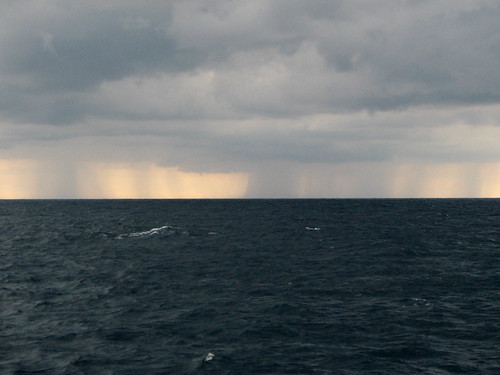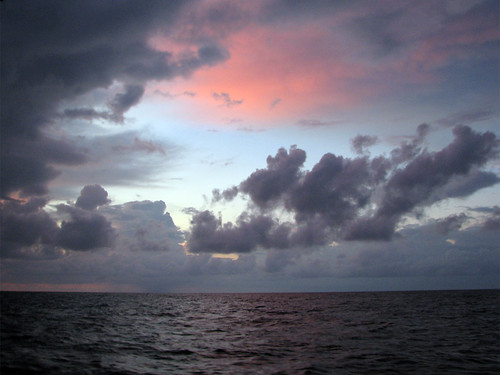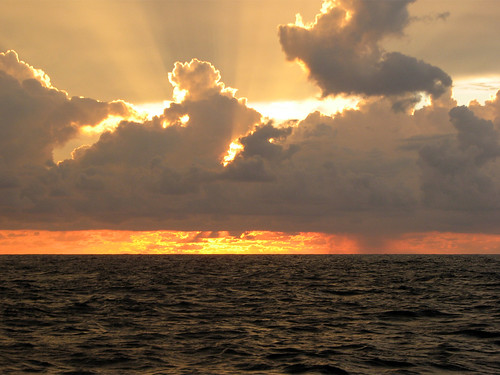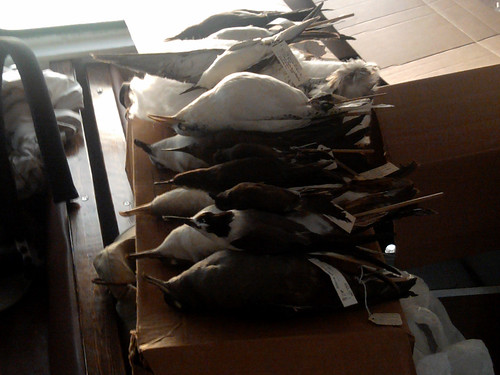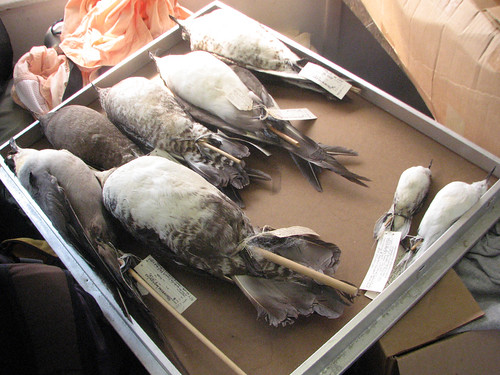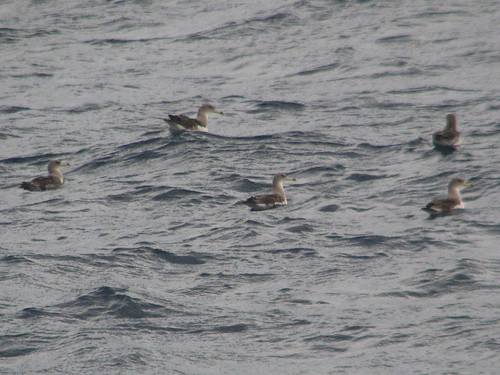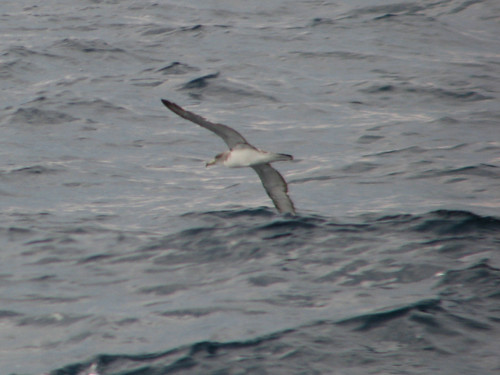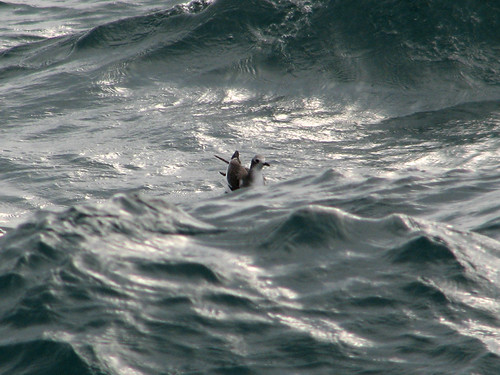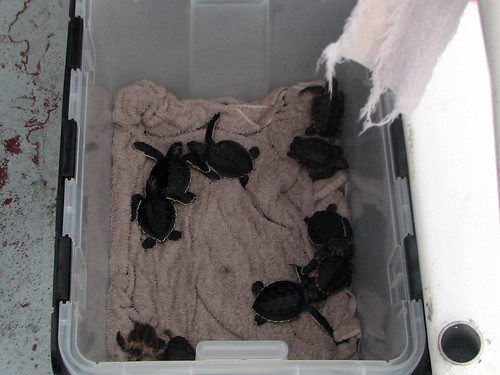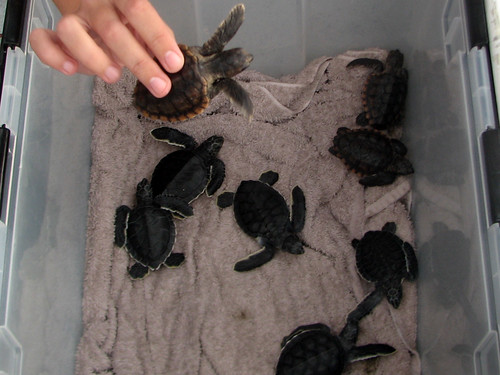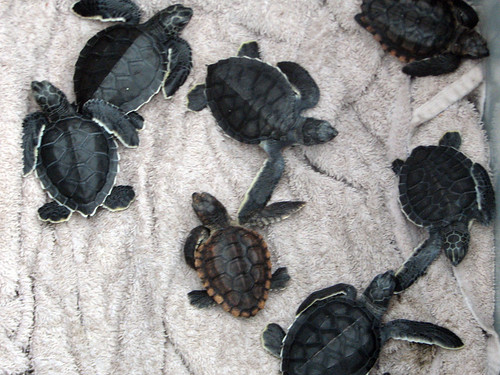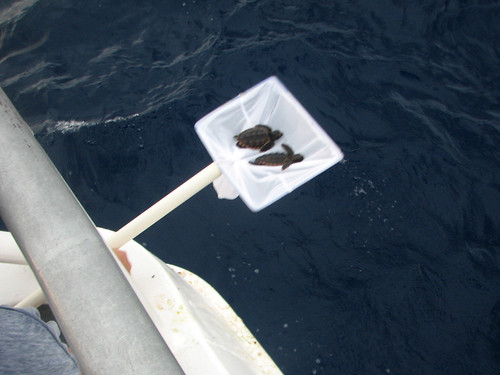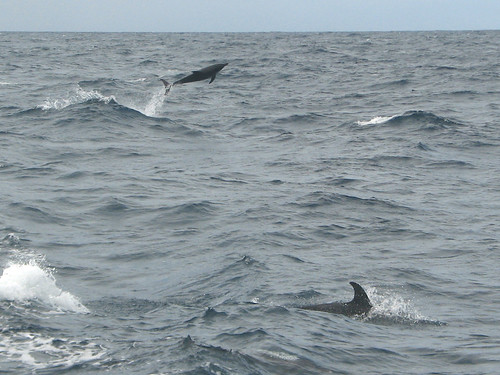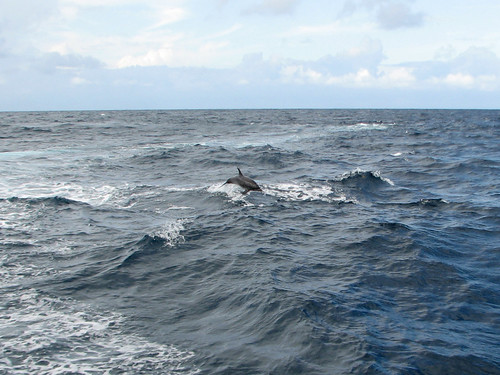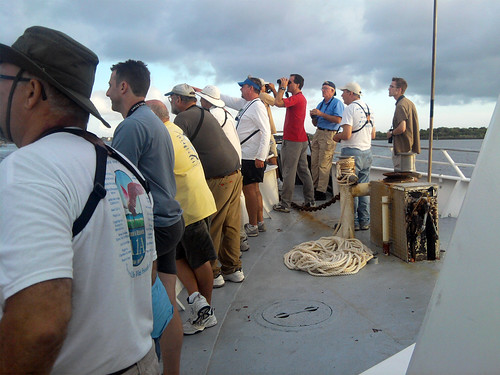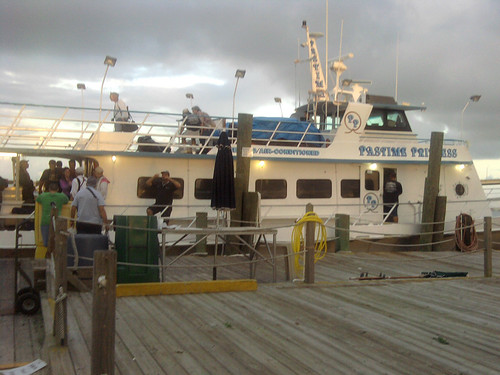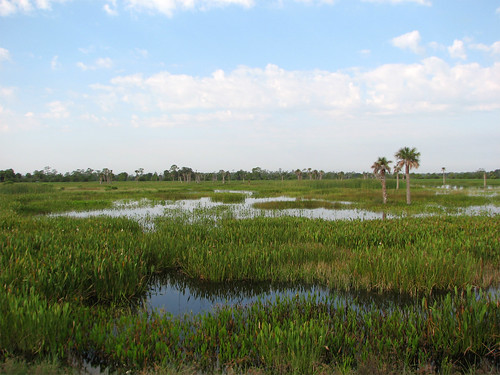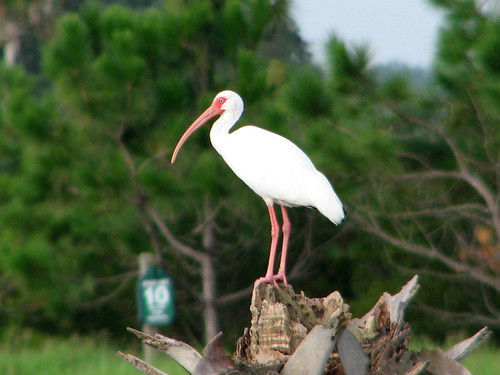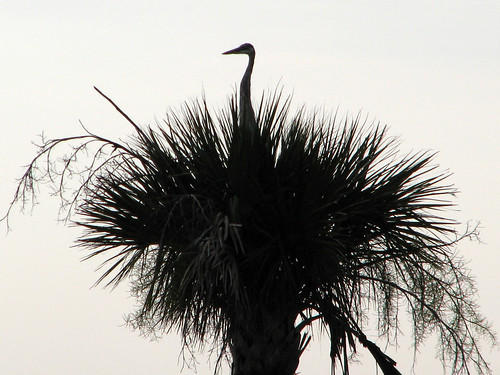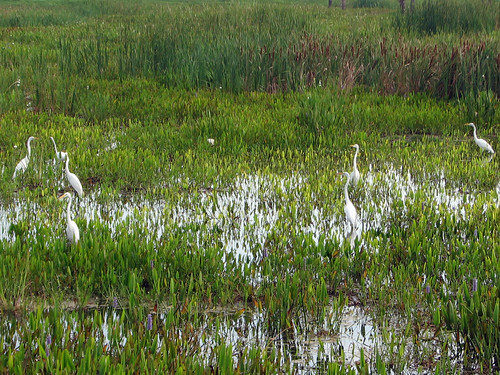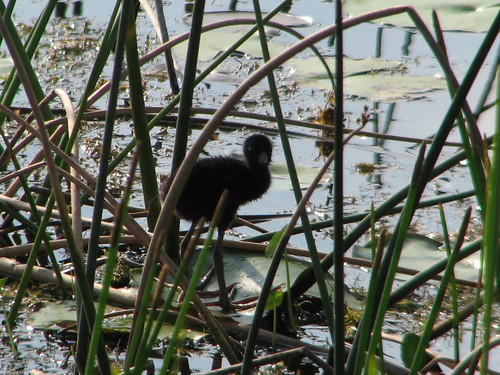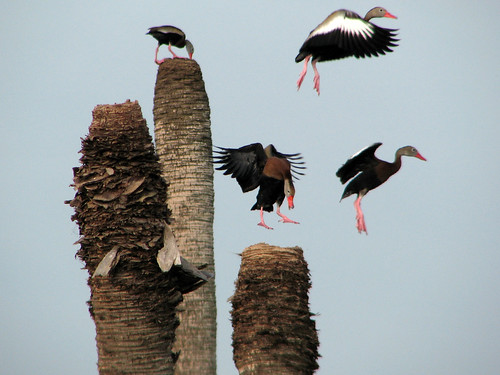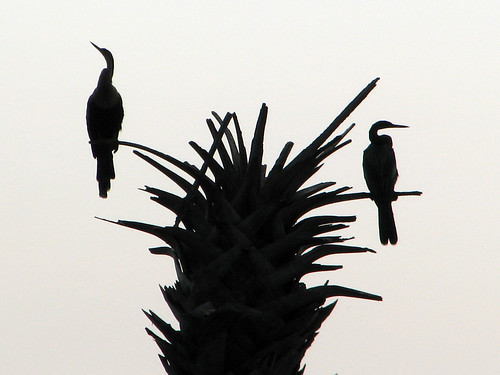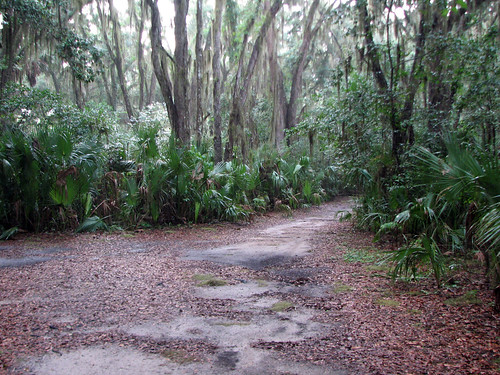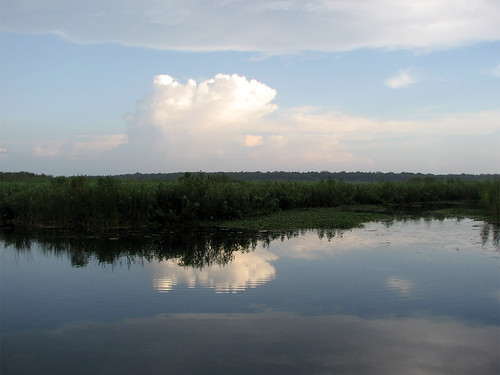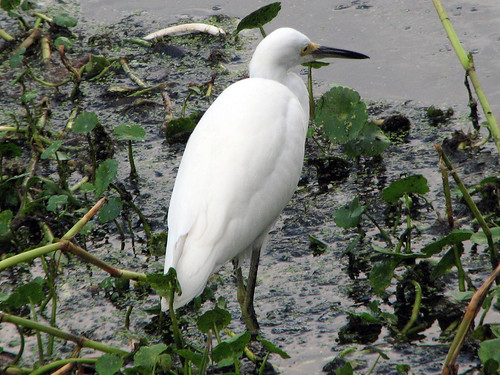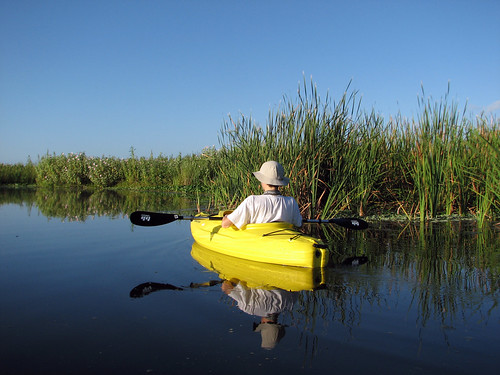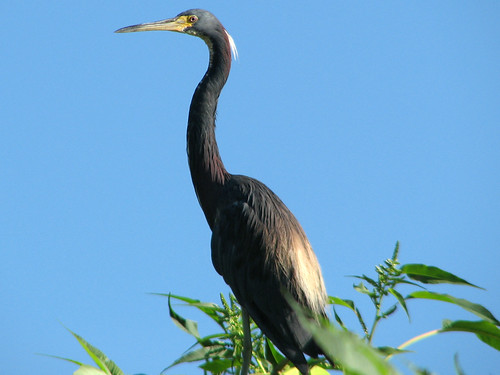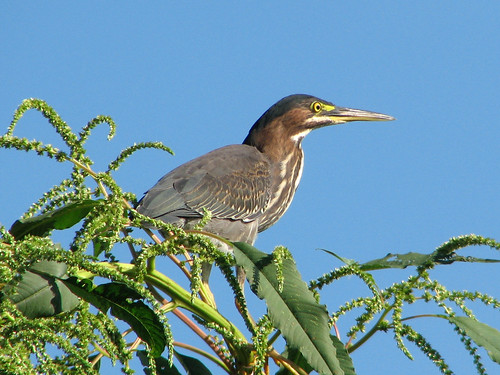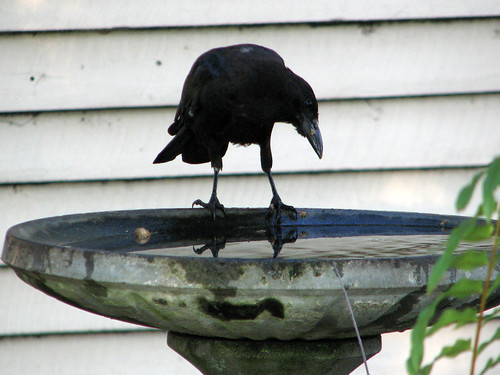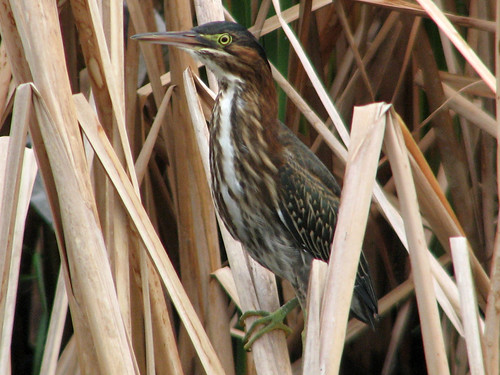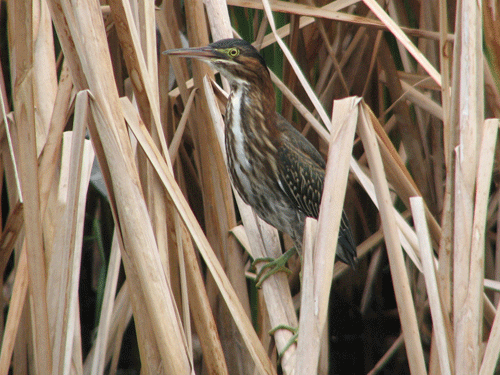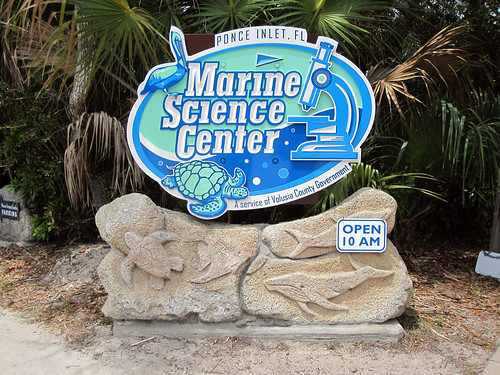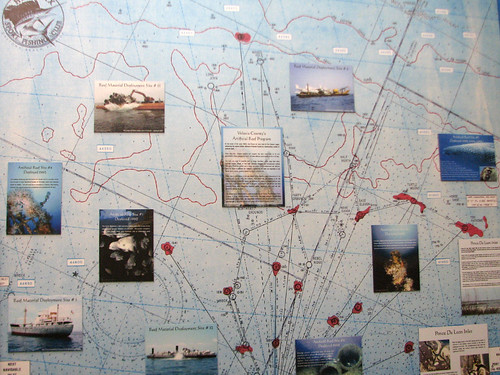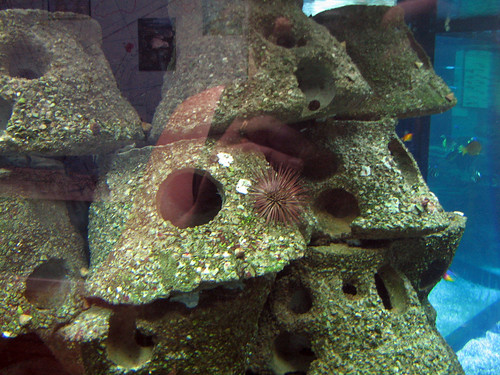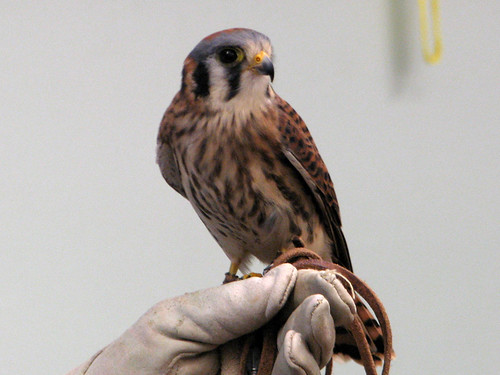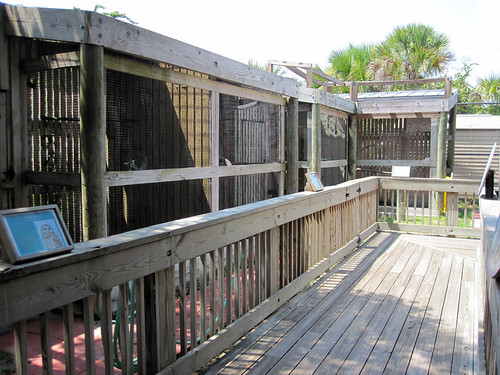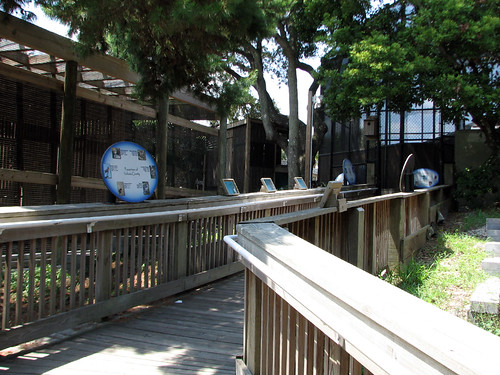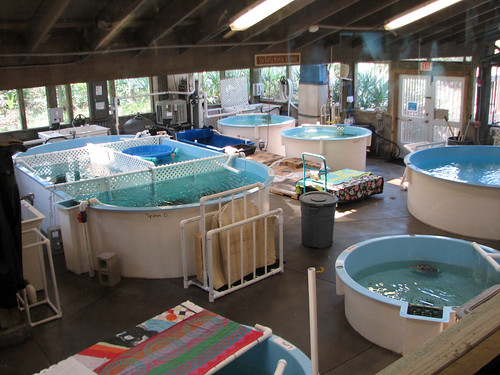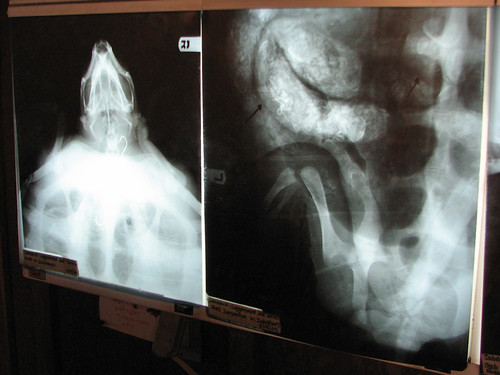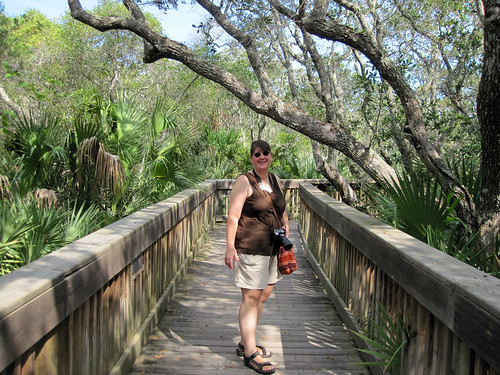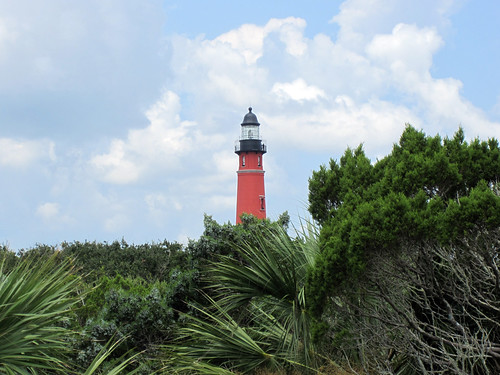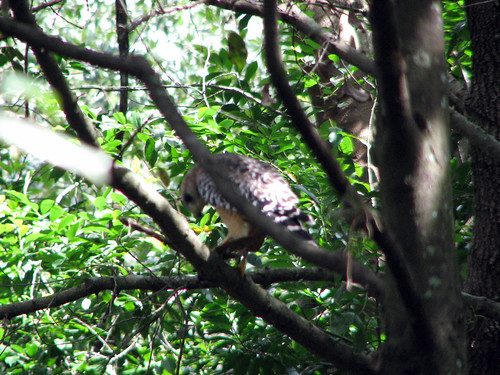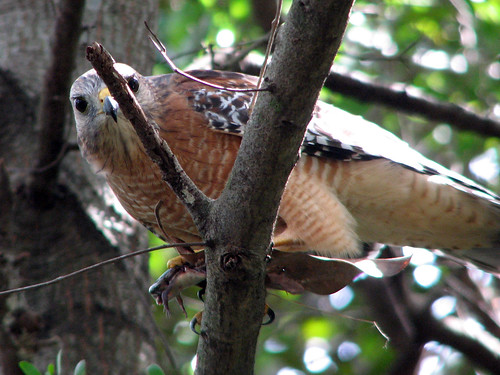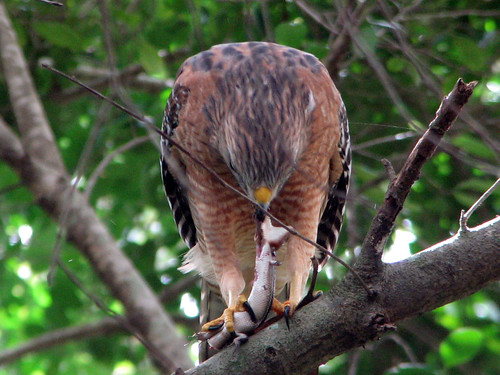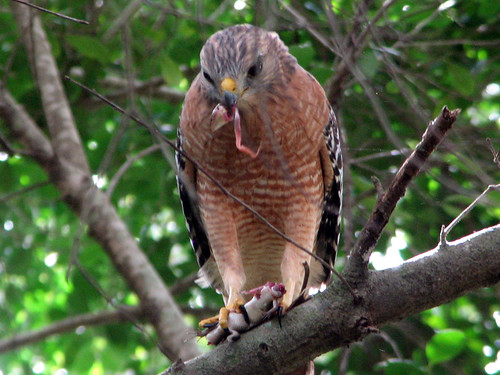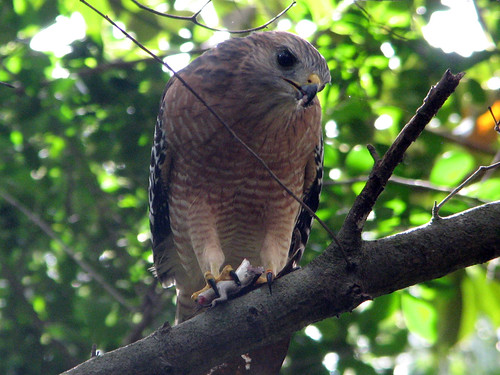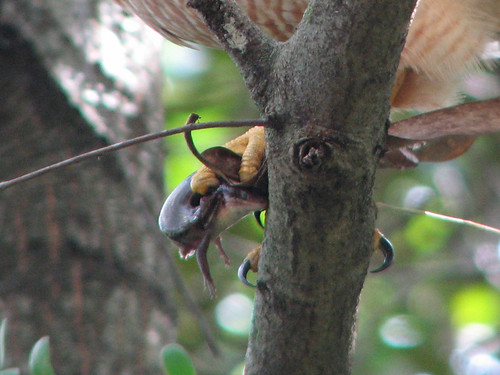Earlier this month, Arthur and I visited The Avian Reconditioning Center, a raptor rehabilitation and education organization located in Apopka.
The facility is open to the public Saturdays. Like other similar organizations, ARC relies on the hard work of dedicated volunteers. We got to learn about a few of ARC’s education birds from some of those volunteers.
One of the first birds we got to see was a Short-tailed Hawk. This bird isn’t even on my life list so it was great to see this beautiful raptor up close. ARC has two of these birds; I’m not sure which one this is, but I do remember that the bird’s permanent injury is from a gunshot wound.
Next we got to see a Swallow-tailed Kite named Scooter. This is a species I got to see in the wild quite a bit this summer, and it was even our first yard bird (seen from the yard) after moving in to our house in DeBary! I had never seen one on the glove before, though, so this was a very special treat. Scooter in an imprint so she is unable to be released. We learned that Scooter enjoys playing with blades of grass which has earned her the affectionate nickname gardener. I got to see some of this playfulness myself! Note her beautiful dark reddish brown eyes in the video.
We also got to see Mrs. P. up close. Mrs. P. is a five-year-old Barred Owl. She is imprinted on humans and cannot be released into the wild. I took some glamour shots of this beautiful bird.
Another owl, this time the Great Horned Owl Gulliver, got some more glamour shot treatment. Gulliver cannot be released into the wild due to a permanent wing injury she sustained as an owlet.
Some other birds were out in the yard, but we didn’t get to see them on the glove or hear their stories. These include a Bald Eagle, a Barn Owl, and Red-shouldered Hawk named Pierce.
A falconry bird, given up by its falconer, was also in the yard. I think this beauty is a Peregrine-Gyrfalcon hybrid, but I’m not sure.
Finally, we got to see ARC founder Carol McCorkle work on flight training with a young, permanently injured Red-tailed Hawk. This bird has a damaged foot which makes her unreleasable. The bird is fully flighted and was training with Carol on a creance.
The birds were set up under a large open wooden pavilion, with picnic tables across the front to separate the birds and volunteers from visitors. The exterior of the pavilion is roped off around the back, to protect the birds but allow visitors to see them on their perches. It’s a very nice place for visitors and I’m sorry I didn’t manage to take any pictures of the general area as a whole. Next time.
Besides getting an up-close look at some beautiful birds of prey perched or on the glove, visitors can also see the birds of ARC performing flight demonstrations. We got to see a pair of falconry Harris Hawks free-flying, and I will share some photos of them in a future post.

